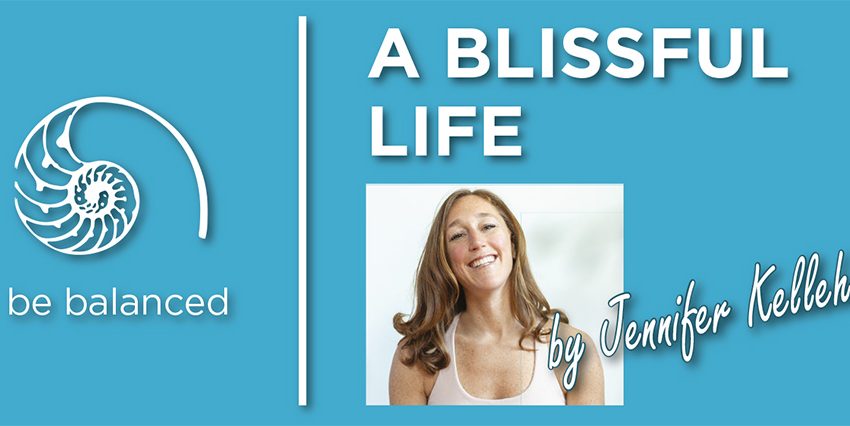Learning to Breathe

By Jennifer Kelleher
Discussing his new book, “8 Rules of Love,” in a Podcast interview, Jay Shetty tells a story from when he was living as a Vedic monk in India. One day, he observed an 11-year-old teacher leading a class of young children. When the class ended, he asked the teacher what they were doing. The teacher answered that it was the first day of school. Curious, Jay asked what the children were learning on their first day of school. The young teacher responded with a question: “What did you learn on your first day of school?” “I don’t really remember,” Jay replied. “The ABC’s maybe, or 123s.” The teacher then answered Jay’s question: “I was teaching those children how to breathe.”
With that, let’s try some alternate nostril breathing. Curl the index and middle fingers of your right hand in toward your palm, leaving your thumb, ring, and pinky fingers extended. Cover your right nostril with your right thumb. Inhale through your left nostril. Release the right nostril and cover your left nostril with your right ring finger. Exhale out of your right nostril. Inhale through your right nostril. Cover your right nostril, release your left nostril, exhale out of your left nostril. Inhale through your left nostril. Find a rhythm and continue this breathing pattern for a number of rounds. Notice how you feel.
The children in Jay’s story were learning how to breathe on their first day of school because the breath is the only thing that stays with you from the moment you are born until the moment of your death, and it is deeply interconnected to your energy. Your breath naturally changes as a reaction to what you are feeling, thinking, and doing.
Notice your breath when you experience different emotions, for example, excitement versus calm. Similarly, notice your breath when you exert your body physically versus when your body is at rest. On the other side of this coin, you can use your breath as a tool to regulate and change your energetic state in any given moment. In fact, the quickest way to bring your nervous system from a state of stress to one of relaxation is by elongating your exhale.
Pranayama (breathwork) is an integral part of yoga, and it has to do with learning and using different breathing techniques to maintain balance in your body, emotions, and mind. There are breaths to help calm you down, and there are breaths to increase your energy. There are embodiment breaths, and grounding breaths. There are breaths to help open your heart, and breaths to increase your personal power. Jay says that “by learning to navigate the breath, you learn to navigate life,” and I would have to agree.
The aforementioned alternate nostril breath promotes deep relaxation and helps to ease stress and anxiety. It lowers blood pressure and heart rate, while improving brain function. Learning to use breath to manage your energetic state is incredibly empowering, and it helps you to maneuver your life with ease and grace. Just like the children in Jay’s story, your kids can gain these skills early on! Another 6-week session of Children’s Yoga with Alex Venier starts on Thursday, March 3, 4:00-4:50 p.m. Drop in, or contact me (Jen) at 917-318-1168.


